How to Plant a Garden After Starting Seeds Indoors

After starting seeds indoors and hardening off seedlings, it’s time to get them in the ground. Whether you started flowers or vegetables indoors, learn how to plant a garden in 5 easy steps.
If you’ve been following along my seed starting journey, I’ve spent the last few weeks hardening off seedlings to prepare them for life in the garden.
Since the beginning, I’ve started over 1000 seedlings with great success.
In addition to hardening off plants, I’ve spent a lot of time preparing my garden to get them ready for my seed starts.
Did you start seeds indoors too?
If so, then you are ready to plant seedlings in the garden.
And if you are just planting annuals or other plants you picked up from the nursery, this process applies to them too.
Here’s how to do it.
How to Plant a Garden After Starting Seeds Indoors
You started your seeds and hardened them off, now what?
It’s time to plant them!
Supplies Needed
- Seedlings
- Garden Trowel
- Garden Gloves
- Kneeling Pad
- Garden Soil
- Compost
Step 1 – Prepare the Garden
If you already have a garden that’s ready to go, move on to Step 2.
If you do not have a garden, there are two ways to start a garden.
You can start a new garden this way.
Or you can start a garden the easy way depending on what you are growing.
Since I’ve been gardening my property for well over 20 years, my soil here is really good.
I’ve been amending it with good quality garden soil, compost, leaf mold, and mulch that breaks down.
If you are working with rocky, sandy, or clay soil, you need to spend time preparing your bed with good quality garden soil and other amendments.
Because plant health and success starts with good, healthy soil.
For soil tips, click here.
Step 2 – Site Plants and Dig Hole
Design and site before starting.
I spend a lot of time doing this part because I love to play around with different plant combinations looking at foliage and blooms.
Since seedlings are relatively small, it’s best to use a garden trowel like this one.
If your soil is light and pliable, you may be able to move the soil with your hands and plant.
This is one of the reasons I love to wear garden gloves while I work.
When I am working, I wear garden gloves to keep my hands clean and prevent them from getting blisters if I’m digging a lot.
I also always use a kneeling pad.
Kneeling pads are priceless when doing a lot of plantings because they keep your knees clean and prevent them from getting sore.
Step 3 – Amend the Hole
After digging the hole, amend the bottom of the hole with a mixture of garden soil and compost.
If you’ve already amended your soil when preparing the garden for planting, skip this step.
Step 4 – Gently Remove Seedlings from Cells and Pots
If you started seeds in cell trays or plastic pots, it’s important to gently remove them so you disturb the roots as little as possible.
Sometimes root growth is so strong and healthy, they begin to grow through the bottom of the pot.
Loosen them up and gently squeeze the plant out of the cell or pot.
Sometimes I use a small knife to help lift it out.
This is one of the reasons I love the biodegradable pots.
Because seedlings can be planted directly in the ground without disturbing any roots.
Step 5 – Planting Seedlings
It’s best to plant seedlings on a cloudy day.
And if light rain is predicted, even better.
Luckily in NJ, we get a lot of those in early spring around our last frost date before the weather gets too hot and sunny.
After removing seedlings from their container, gently place them in the ground and backfill the hole.
I like to mound up the soil a little to offer additional support while they get used to their new surroundings.
Water well if rain is not predicted.
My Seed Starting Journey
Have you been following along?
I started over 1000 seeds indoors without a greenhouse.
The journey began several weeks ago and I’ve been sharing the progress along the way.
In case you missed anything or want to learn how to start seeds indoors without a greenhouse:
- Overview of How to Start Seeds Indoors
- Supplies Needed to Start Seeds Indoors
- 7 Simple Tips to Getting Organized Before Starting Seeds Indoors
- Everything You Need to Know About Sowing Seeds Indoors
- 7 Lessons I Learned From Starting Seeds Indoors
- What You Need to Know About Hardening Off Plants
- How to Plant a Garden After Starting Seeds Indoors (you are here)
Pin and Save It For Later
If you like this post, please share and pin it on Pinterest. (If you hover over the image, the Pinterest button will be in the upper left corner.)
I’ve created the below-custom pins for this post.
For more gardening tips, tricks and inspiration, CLICK HERE.
Subscribe to the blog and gain access to information not readily available to the public.
Thanks so much for stopping by.
Enjoy a beautiful day! xo
If you like this post, please follow me @bricksnblooms on Pinterest, Facebook, Instagram, and Tik Tok. Subscribe to my YouTube Channel. Or join my Facebook Group.
Enjoyed the project?

Comments
Join the conversation
-
 Dbn51950454
on May 16, 2022
Dbn51950454
on May 16, 2022
Hi great info.
How do I keep my cats out from pooping in the gardens nice soft soil. A nice large area like that is an open invitation for an outside cat box!! Lol
I live in a rural area and my cats are indoor outdoor. They even poop in my large garden pots before I plant in them. I finally got smart and put large rocks on top of the soil. So it can be ready to put a plant in it.
I do have to say, 2 of the kitties are senior. They have litter boxes inside also?
Any suggestions?
Thanks
-



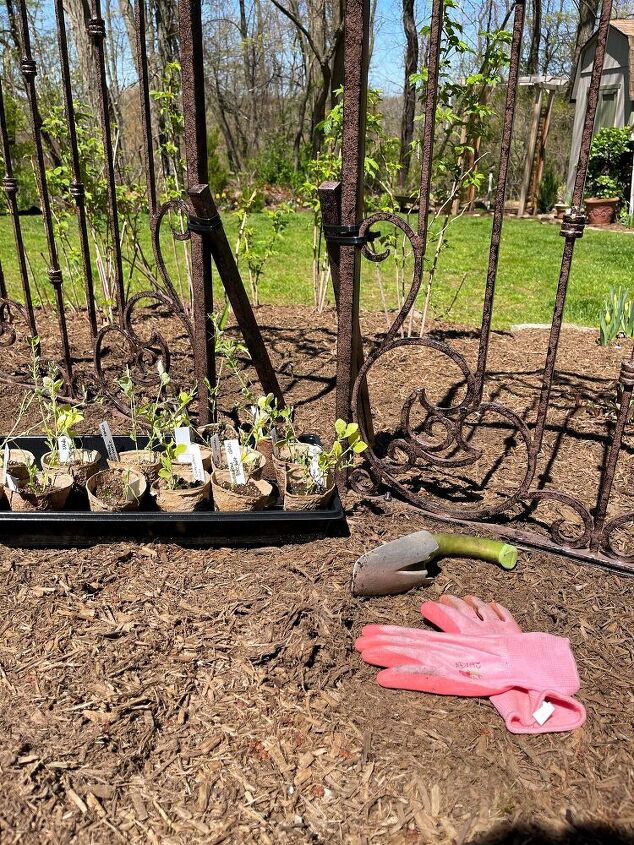














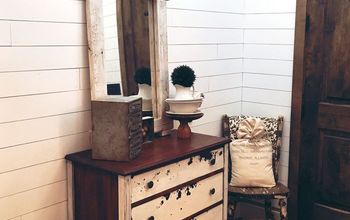
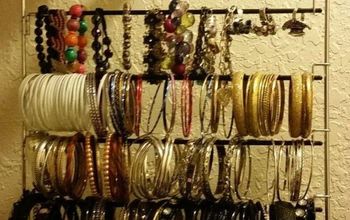





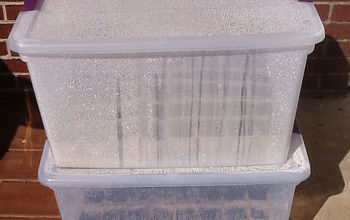

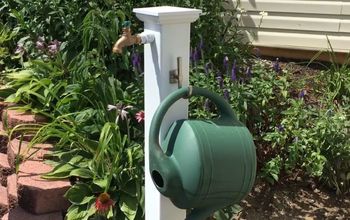

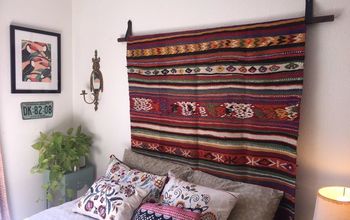


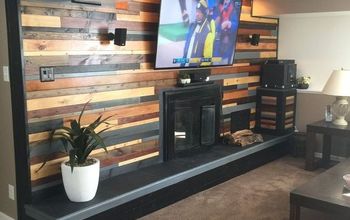



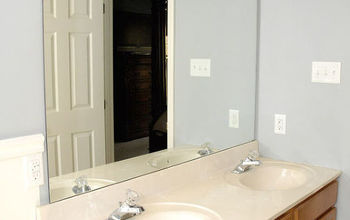
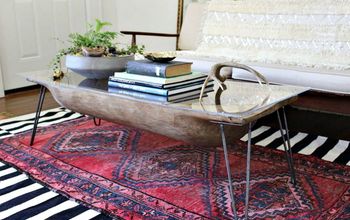



Frequently asked questions
Have a question about this project?